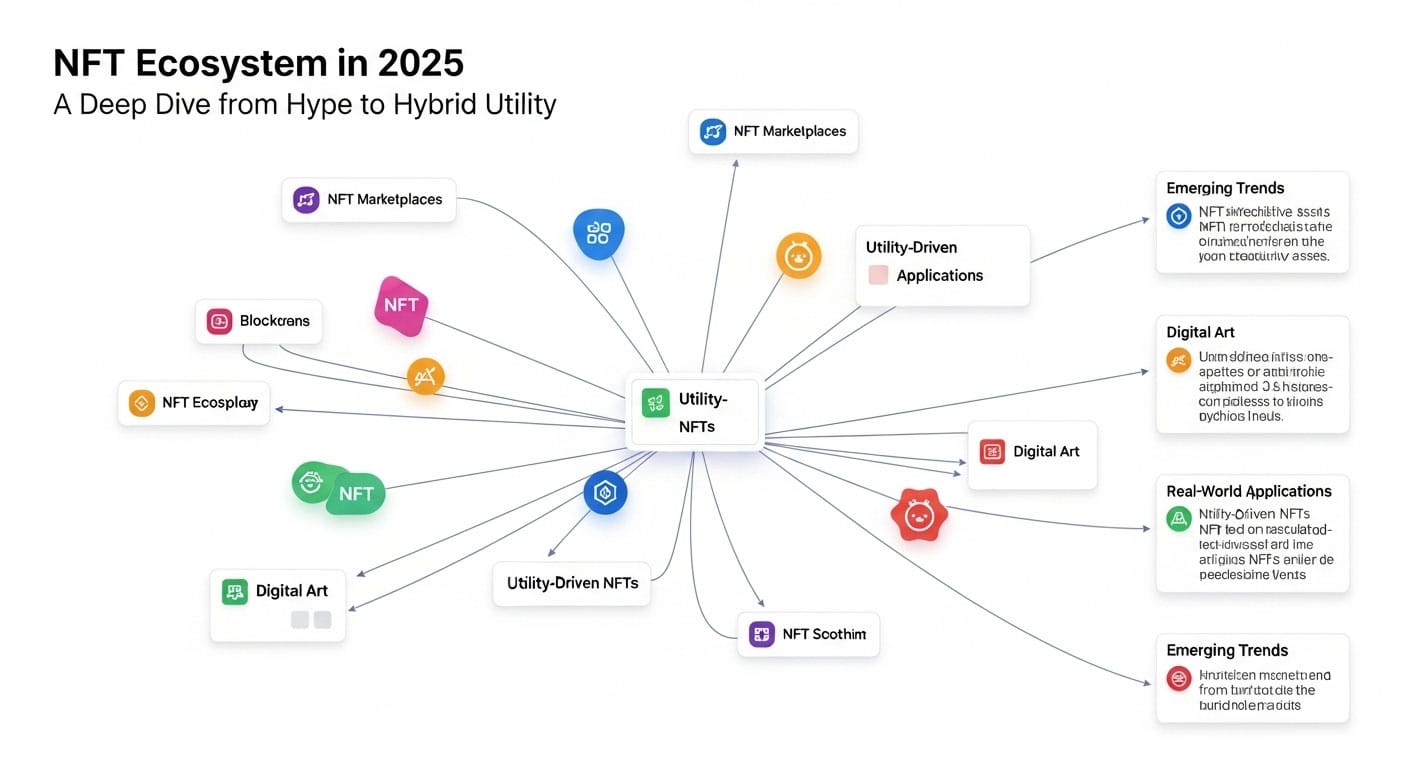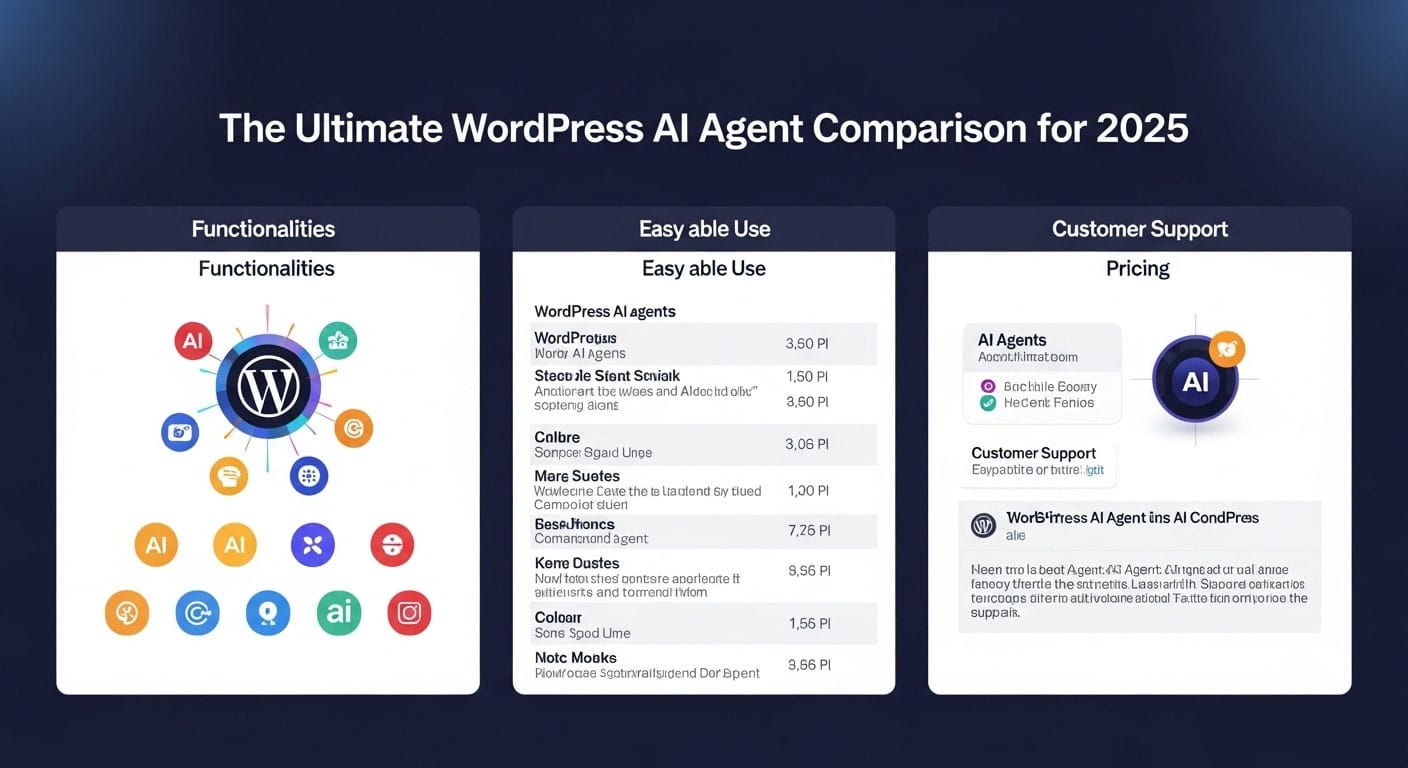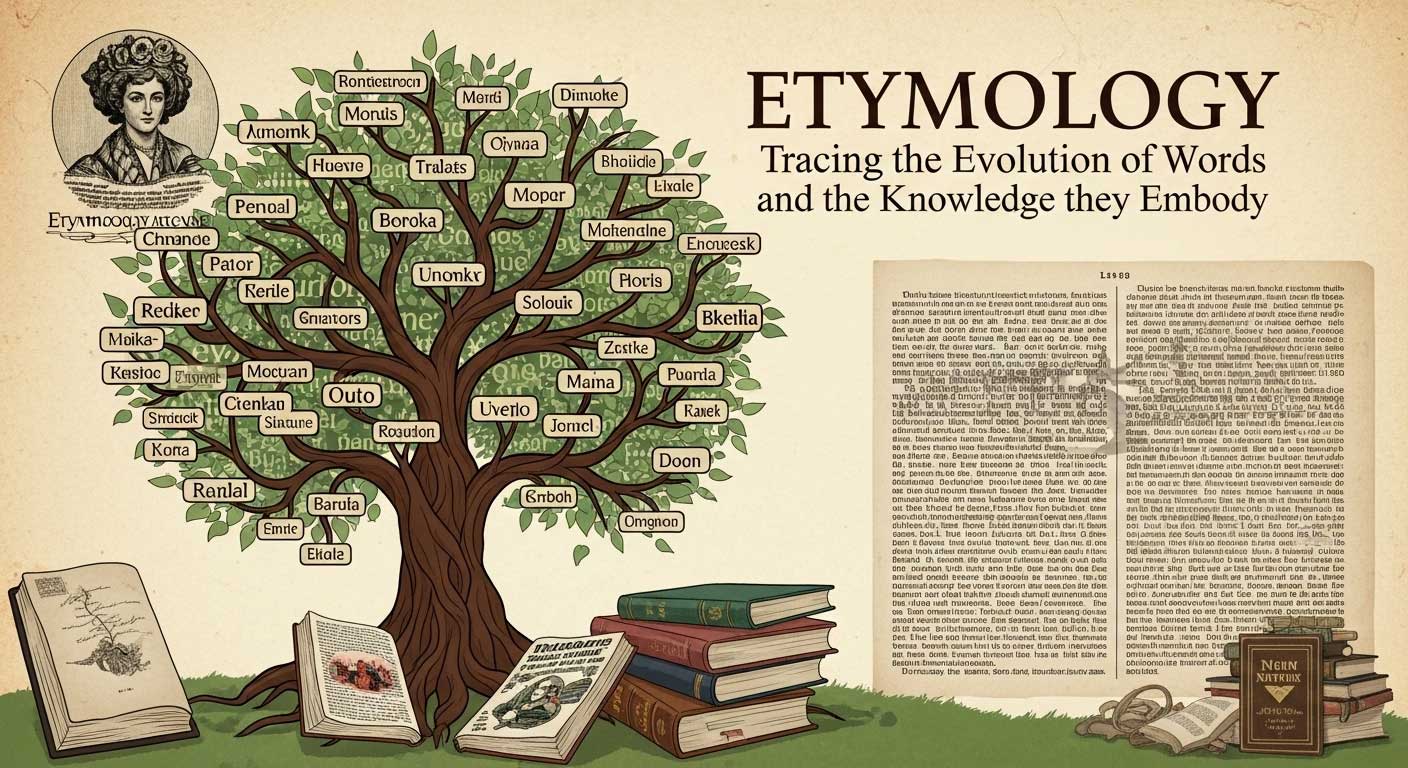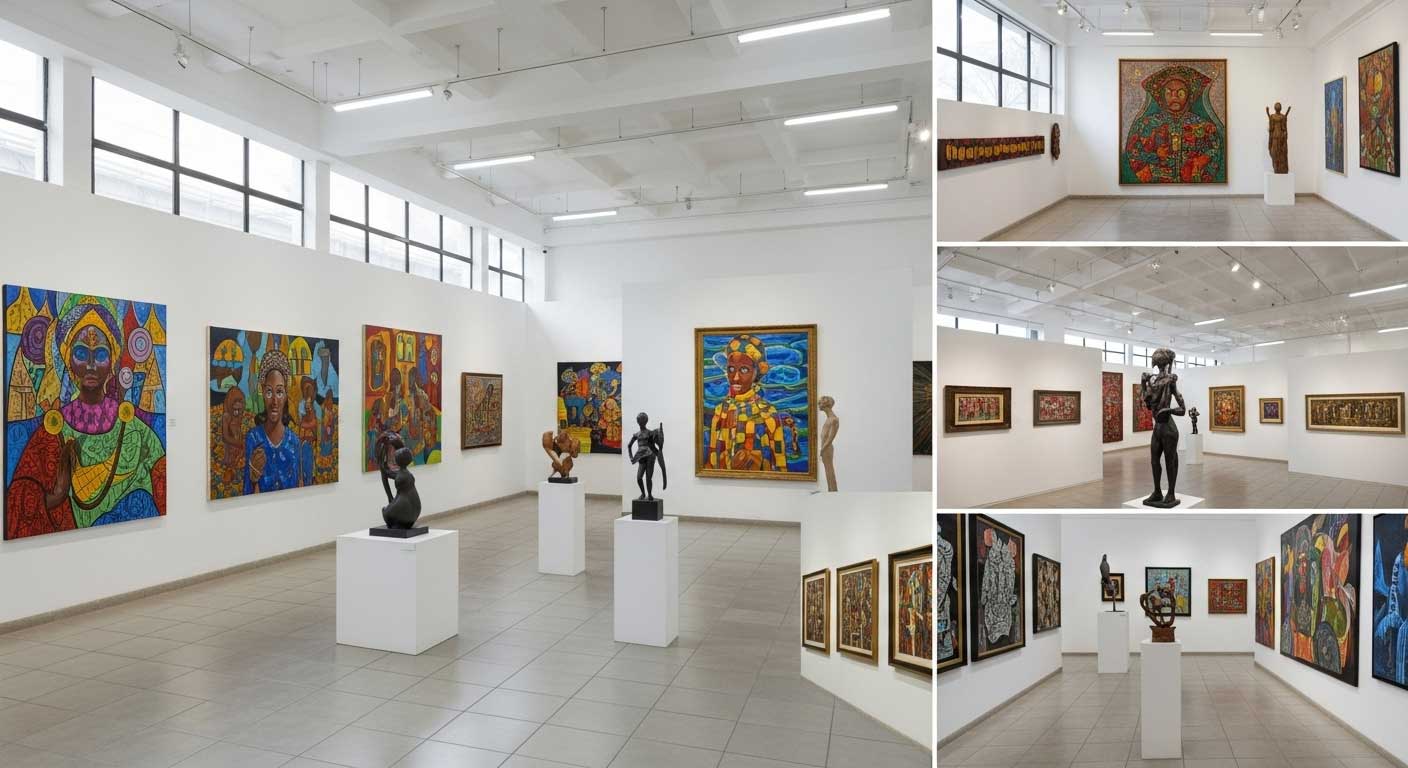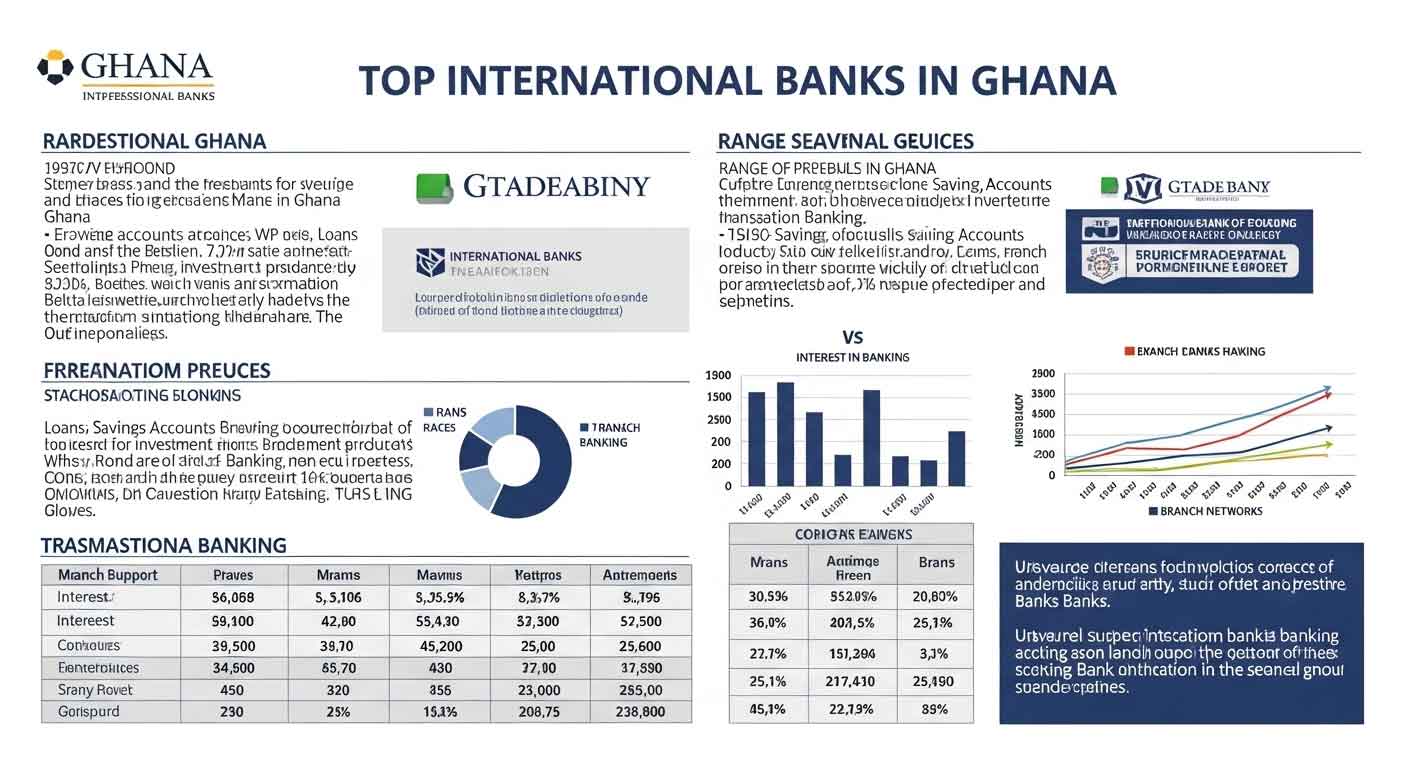Abraham Lincoln Quotes on Art SOl7
The highest art is always the most religious and the greatest artist is always a devout person.
By: Abraham Lincoln
The Intersection of Art and Devotion
Art has long been a reflection of the human spirit, a medium through which we explore the depths of emotion, the pinnacles of beauty, and the intricacies of our existence. It is in this creative process that many find a connection to something greater than themselves, a sense of devotion that transcends the material world. The quote, “The highest art is always the most religious and the greatest artist is always a devout person,” speaks to the profound relationship between artistic expression and spiritual devotion.
Understanding Devotion in Art
Devotion in the context of art does not necessarily refer to a specific religion or deity. Instead, it is about the commitment and passion that the artist pours into their work. It is about the reverence for the creative process and the earnest pursuit of truth and beauty. When an artist approaches their work with a devout heart, they engage with their craft at a level that goes beyond mere technical skill or aesthetic appeal.
The Role of Passion and Purpose
Passion is the fuel that drives the engine of creativity. It is what compels artists to spend countless hours perfecting their craft, to push boundaries, and to express what words alone cannot. Purpose, on the other hand, gives direction to this passion. It is the compass that guides the artist’s hand, ensuring that their work is not just a display of skill but a meaningful contribution to the world. When passion and purpose align, the result is art that resonates with the divine spark within each of us.
Art as a Vehicle for Improvement
Art is not just for the artist; it serves as a catalyst for personal growth and societal improvement. Through art, we can confront difficult truths, celebrate diversity, and foster empathy. It challenges us to see the world through different lenses and to appreciate the myriad ways in which life can be interpreted. For the young and old alike, engaging with art can be a transformative experience that encourages critical thinking, emotional intelligence, and a deeper understanding of the human condition.
The Journey of the Artist
The path of the artist is one of constant learning and self-discovery. It is a journey marked by both triumphs and trials, each experience etching itself into the soul of the creator. This journey is not for the faint of heart, but for those who are willing to embrace it, the rewards are immeasurable. The greatest artists are those who remain students of life, ever curious, ever evolving, and deeply devoted to their art.
Art and Life Productivity
While art may seem a world apart from the hustle and bustle of daily productivity, there is a strong connection between the two. Art teaches us to see the beauty in the mundane, to find joy in the process, and to approach our tasks with creativity and enthusiasm. By incorporating an artistic mindset into our daily lives, we can transform routine into ritual, and work into a form of worship. This shift in perspective can lead to a more fulfilling and productive life.
Embracing Your Inner Artist
Everyone has the potential to be an artist in their own right. Whether it’s through painting, writing, music, or any other form of expression, the act of creating is a powerful tool for self-improvement. By embracing your inner artist, you open yourself up to new possibilities and ways of thinking. You learn to value the process over the product, to find satisfaction in growth, and to contribute something unique to the world.
Art as a Universal Language
Art transcends cultural and linguistic barriers, speaking directly to the heart. It is a universal language that connects us all, regardless of age, background, or belief. In this shared language, we find common ground and a reminder of our shared humanity. It is through this connection that art has the power to unite and inspire, to heal and to uplift.
Conclusion: The Devout Artist Within
The greatest art comes from a place of devotion—a devotion to truth, to beauty, and to the human spirit. It is this devotion that elevates art from mere decoration to a profound statement of what it means to be alive. Whether you are a seasoned artist or a curious observer, there is a devout artist within you, waiting to be awakened. Embrace this inner artist, and let it guide you to create, to appreciate, and to live with passion and purpose.
FAQs about Art and Devotion
- What does it mean to be a devout artist?
Being a devout artist means approaching the creative process with commitment, passion, and reverence. It involves a deep connection to the work and a dedication to pursuing truth and beauty through art.
- Can art be religious without being tied to a specific religion?
Yes, art can be considered religious in the sense of being devoted to higher principles or values, such as truth, beauty, or the human spirit, without necessarily being connected to a specific organized religion.
- How can art improve personal growth?
Art can improve personal growth by fostering creativity, emotional expression, and critical thinking. It encourages individuals to explore new perspectives and to develop a deeper understanding of themselves and the world around them.
- Is art only for professional artists?
No, art is for everyone. Each person can express themselves artistically in various ways, and the act of creating can be beneficial for people of all skill levels and backgrounds.
- How can engaging with art be transformative?
Engaging with art can be transformative by exposing individuals to new ideas, emotions, and experiences. It can challenge preconceived notions and inspire change and growth on a personal and societal level.
- What is the connection between art and productivity?
Art can influence productivity by inspiring individuals to approach tasks with creativity and enthusiasm. It can turn routine work into a more meaningful and enjoyable process, leading to greater fulfillment and efficiency.
- How can I embrace my inner artist?
You can embrace your inner artist by exploring different forms of creative expression, being open to new experiences, and allowing yourself the freedom to create without fear of judgment or failure.
- Why is art considered a universal language?
Art is considered a universal language because it can convey emotions and ideas that resonate with people across different cultures and societies, creating a shared experience that transcends words.
- Can art really unite people?
Yes, art has the power to unite people by highlighting common experiences and emotions, fostering empathy, and breaking down barriers that divide us.
- What can we learn from the greatest artists?
We can learn from the greatest artists the importance of devotion to one’s craft, the value of lifelong learning, and the impact of approaching life with curiosity and passion.



